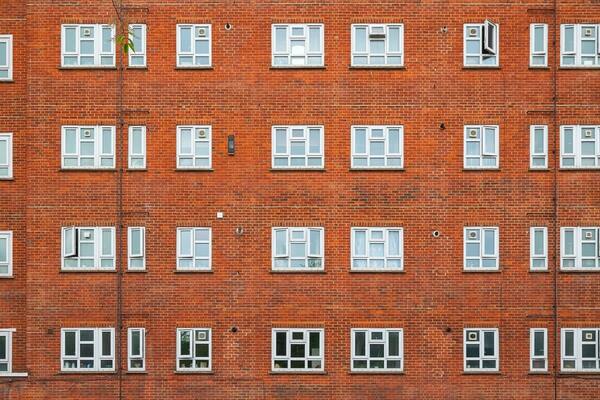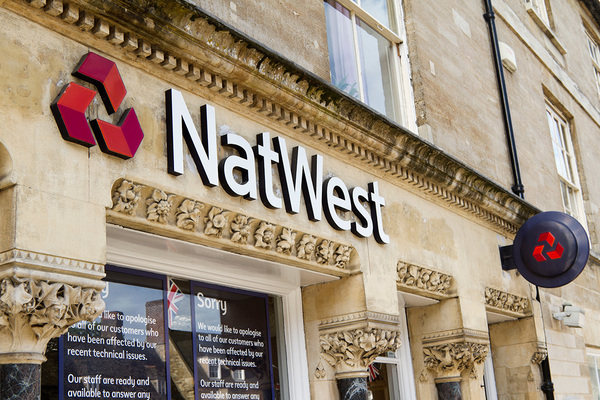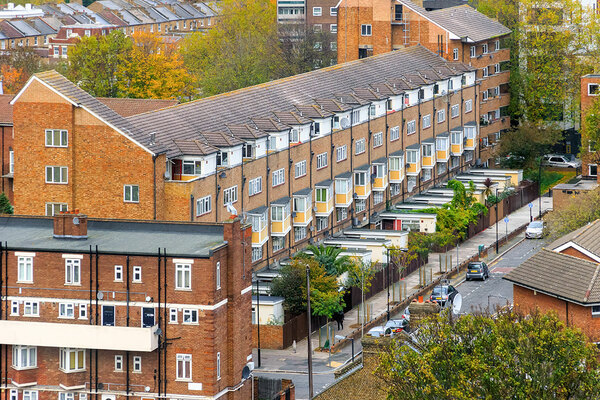You are viewing 1 of your 1 free articles
Councils to get five years to spend Right to Buy receipts in raft of government changes
Councils will be given five years to spend the money received through the sale of homes through the Right to Buy programme, under a raft of changes to the process brought in by the government.

Under the new rules put forward by the government in its Right to Buy consultation response, the timeframe local authorities have to spend new and existing Right to Buy receipts will be extended from three to five years from next month.
This will also be backdated, and councils will be able to apply this to receipts received as long ago as 2017/18.
The government said that the changes will allow councils to undertake “longer-term planning”, including allowing them to be able to remediate larger plots of land.
The confirmation of the changes brings an end to a long wait for the sector. The consultation on the Right to Buy process was launched in August 2018 and officially closed two months later.
Today the government set out its response to the consultation findings, announcing a series of changes to the current process aimed at increasing the supply of new homes and giving councils greater flexibility in how they can use receipts.
They include a move to increase the percentage cap of receipts local authorities can use on the construction of new homes from 30% to 40%, in a bid to make it easier for local authorities to fund replacement homes, particularly those for social rent.
The decision was taken after respondents to the consultation said that they were finding it difficult to obtain enough funding for social rent homes, particularly in lower-value areas where the rental stream was insufficient to finance the remaining 70% of development costs.
The government acknowledged that not raising the cap for funding could worsen the building gap between different areas of England, and hinder its ‘levelling-up’ agenda.
In a move to ensure that Right to Buy receipts are being spent on new housing supply rather than acquiring stock from developers, the changes will also see the government introduce a cap on the amount of Right to Buy homes councils can acquire in a year.
Currently around 48% of Right to Buy replacement homes are acquisitions of homes already built by developers.
The cap will limit the percentage of homes that can be acquired with Right to Buy receipts in phases, with only 50% of homes allowed to be acquired in 2022/23. This will then reduce to 40% in 2023/24 and to 30% from 2024/25 onwards.
The first 20 homes delivered by councils each year will be excluded from this, while certain acquisitions, such as purchases from a council’s housing company or where commercial buildings are acquired to be redeveloped, will also be exempt.
Councils will be given extra flexibility over the tenure of home they can use Right to Buy receipts for, with the government extending permission to use 40% of receipts on shared ownership and First Homes.
First Homes is a new tenure of housing the government is looking to introduce. It allows first-time buyers to access discounts of around 30% on new build properties in their area, when compared to local market prices.
However, the government has said it will publish further guidance to clarify that there is no obligation on councils to fund these tenures and that it will be down to individual authorities to decide which types of housing to fund.
The majority of the changes will come in on 1 April 2021, with the exception of the acquisition cap, which will be introduced from 1 April 2022.
In addition to the changes brought in, the government confirmed that it would not scrap the one-for-one Right to Buy replacement commitment.
The future of the one-for-one replacement commitment, which pledges to replace homes sold as a result of the additional discounts on a one-for-one basis, was put in doubt back in 2018, with the government suggesting a new measurement that would include those built by housing associations.
However, the government said it intends to keep the one-for-one measure but allow shared ownership and First Homes replacements to be included in this.
The government also decided against bringing in new measures that would allow council housing companies or ALMOs to use Right to Buy receipts to fund development.
Sign up for our development and finance newsletter
Already have an account? Click here to manage your newsletters













